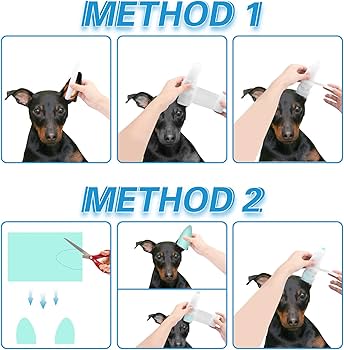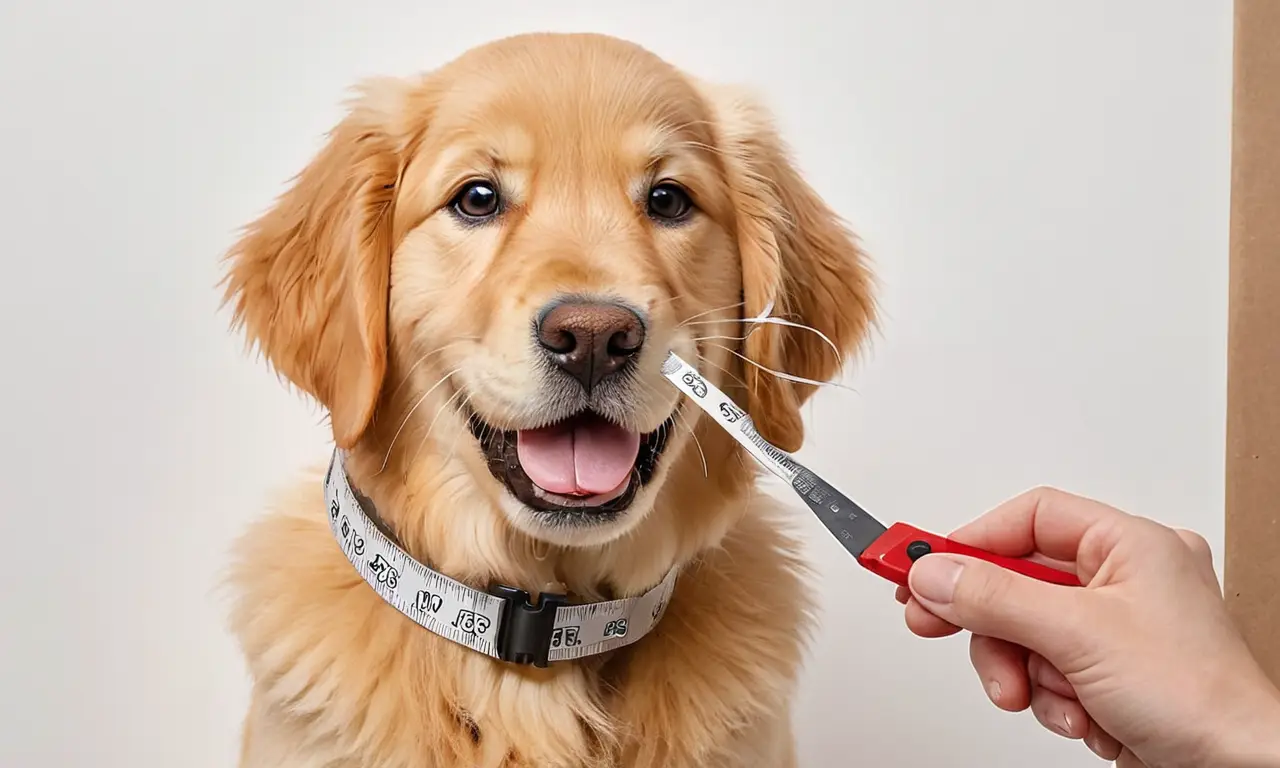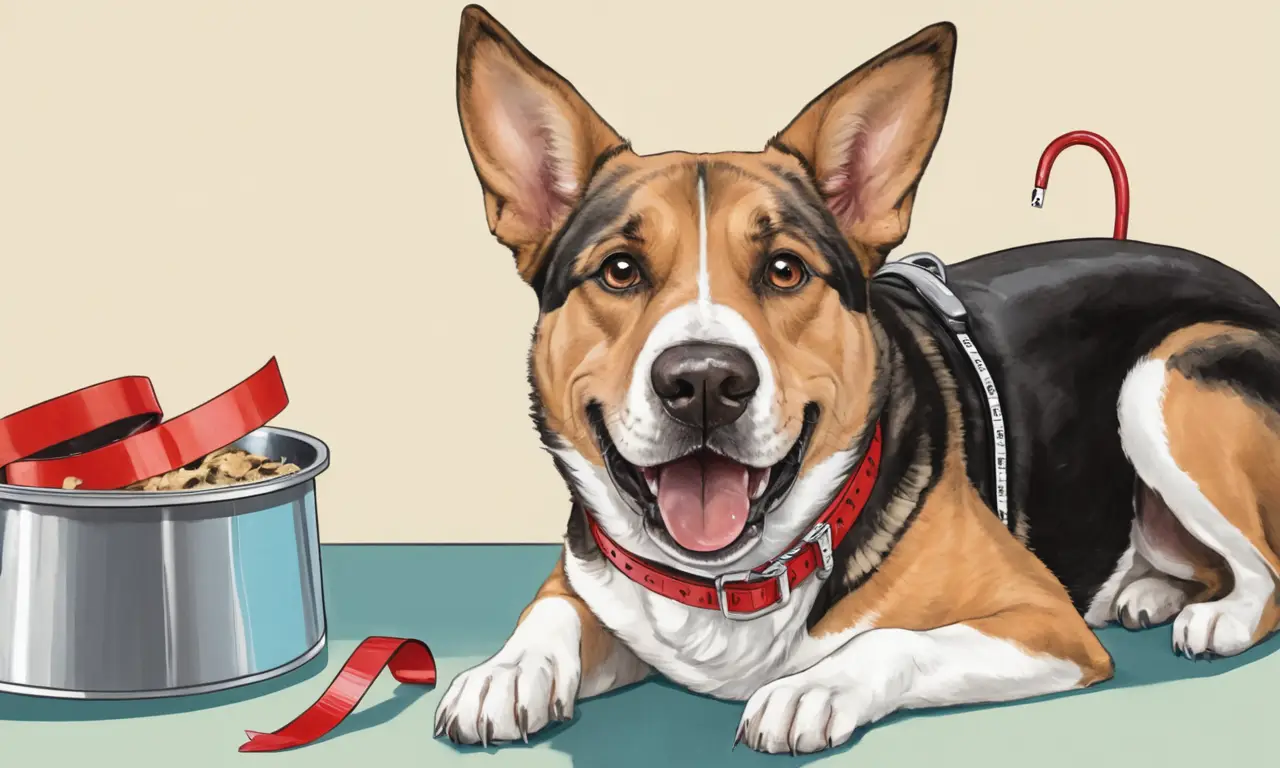
Many dog owners consider ear taping a valuable tool for enhancing their dog’s appearance or aiding in training. Whether you’re preparing your pup for a competition or simply want to achieve a specific look, understanding the proper techniques is crucial. This comprehensive guide will walk you through the process of safely and effectively taping your dog’s ears, ensuring both comfort and desired results.
This article will delve into the reasons behind ear taping, explore the best tape options, provide step-by-step instructions for safe application, and offer insights into specific techniques for different breeds. We’ll also highlight common mistakes to avoid, ensuring you can confidently tape your dog’s ears with ease and care.
Why Tape a Dog’s Ears?
Ear taping serves various purposes in the canine world.
Firstly, it plays a significant role in training competitions, particularly those involving conformation shows or agility courses. By securing the ears upright, taping enhances the dog’s overall appearance and showcases its breed standard. Secondly, ear taping can help correct floppy ears that may interfere with a dog’s hearing or vision. In some cases, taping can also prevent infections by keeping the ear canal clean and dry.
Remember, while ear taping offers numerous benefits, it should always be done responsibly and with your dog’s well-being as the top priority.
Choosing the Right Tape

Selecting the appropriate tape is crucial for a comfortable and successful ear taping experience. Opt for pet-safe adhesive tapes specifically designed for this purpose. Avoid using human medical tape or duct tape, as these materials can irritate your dog’s skin and cause discomfort. Look for tapes that are hypoallergenic, breathable, and easily removable without leaving residue.
Consider the size and texture of your dog’s ears when choosing a tape width. Thinner tapes may be suitable for smaller breeds, while larger breeds might require wider strips for secure application.
How to Tape a Dog’s Ears Safely
Before you begin taping, ensure your dog is calm and relaxed. Gently brush their ears to remove any dirt or debris. If your dog is particularly sensitive, consider using a calming spray or pheromone diffuser beforehand.
Start by applying a small piece of tape at the base of the ear, securing it firmly but gently. Then, gradually work your way up the ear, overlapping each strip slightly to create a secure and even hold. Avoid pulling or stretching the ears excessively, as this can cause discomfort or injury.
Ear Taping Techniques for Different Breeds
While the basic principles of ear taping remain consistent across breeds, certain techniques may vary depending on the dog’s ear shape and size.
For example, dogs with long, pointed ears like German Shepherds often require a more intricate taping pattern to achieve the desired upright position. Conversely, breeds with shorter, rounder ears like Bulldogs might only need a few strategically placed strips for subtle elevation. Consult breed-specific guides or seek advice from experienced handlers for tailored ear taping techniques.
Common Mistakes to Avoid

Several common mistakes can lead to discomfort or ineffective ear taping.
Avoid using excessive force when applying tape, as this can irritate your dog’s skin. Ensure the tape adheres securely but doesn’t constrict blood flow. Regularly check the tape throughout the day for any signs of loosening or irritation. If you notice any redness, swelling, or discomfort, remove the tape immediately and consult with a veterinarian.
Conclusion
Taping your dog’s ears can be a valuable tool for enhancing their appearance, aiding in training, or addressing specific ear-related concerns. By following the guidelines outlined in this guide, you can safely and effectively tape your dog’s ears while prioritizing their comfort and well-being. Remember to choose pet-safe tape, apply it gently, and monitor your dog closely for any signs of discomfort. With proper care and attention, ear taping can be a safe and effective way to enhance your dog’s appearance and performance.
